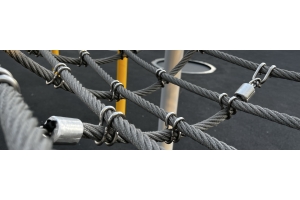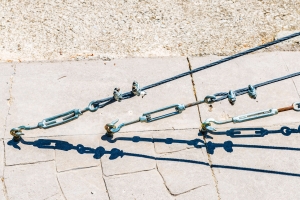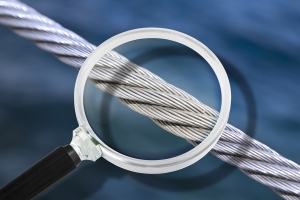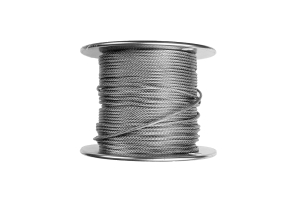A Useful Guide on the Types of Wire Rope

A Useful Guide on the Types of Wire Rope
Wire rope is a versatile and durable tool used in a variety of applications across many different industries. From construction to transportation to agriculture, wire rope plays a crucial role in lifting, pulling, and securing heavy loads. There are several different types of wire rope available, each designed for specific uses and requirements. In this blog post, we will discuss the different types of wire rope, their best applications, and any do's and don'ts associated with each type.
How Many Types of Wire Ropes Are There?
Generally, there are three different wire rope types, each with its own properties and applications:
Stainless Steel Wire Rope:

Stainless steel wire ropes are known for their superior corrosion resistance, making them suitable for harsh and corrosive environments. They are commonly used in the marine industry, food processing, and architectural applications. Stainless steel wire ropes are strong, durable, and have a long lifespan. It's made from various grades of stainless steel, with 304 and 316 being the most common. Grade 316 stainless steel, in particular, includes molybdenum, which significantly enhances corrosion resistance.
Do: Use stainless steel wire ropes for applications where corrosion resistance is essential.
Don't: Use stainless steel wire ropes in high-temperature environments as they may lose their strength.
Galvanized Wire Rope:

Galvanized wire rope is coated with a layer of zinc to protect against corrosion and rust, making it ideal for outdoor applications. While not as resistant to corrosion as stainless steel, it is considerably stronger and more cost-effective. It's suitable for industrial applications, agriculture, and anywhere the cable will face high physical demands but less environmental exposure.
Do: Regularly inspect the wire rope for signs of wear and tear, and replace it if damaged.
Don't: Expose galvanized wire ropes to harsh chemicals or acids as it can cause corrosion.
PVC-Coated Wire Rope:

PVC coated wire rope is covered with a layer of PVC material to provide added protection and insulation. This type of wire rope is commonly used in lifting and rigging applications, as the PVC coating helps prevent damage to the rope and surrounding surfaces. PVC coated wire rope is also available in various colours for easy identification and safety purposes.
Do: Inspect the PVC coating for signs of wear and tear, and replace it if damaged.
Don't: Expose PVC-coated wire ropes to high temperatures as it can cause the PVC coating to melt or degrade.
Nylon-Coated Wire Rope:

Nylon-coated wire ropes are coated with a layer of nylon for added protection and flexibility. The nylon coating provides a smooth surface, reducing friction and wear on the wire rope. Nylon-coated wire ropes are commonly used in aerial lifts, ziplines, and rigging applications.
Do: Check the nylon coating for signs of wear and tear, and replace it if damaged.
Don't: Expose nylon-coated wire ropes to sharp edges or rough surfaces as it can cause the nylon coating to tear.
Best practices for using wire ropes:
To ensure the safe and efficient operation of wire ropes, it is important to follow best practices for installation, maintenance, and inspection. Some key practices include:
- Regularly inspecting wire ropes for signs of wear, corrosion, or damage
- Properly storing and handling wire ropes to prevent kinks or twists
- Using appropriate rigging techniques and equipment for lifting operations
Safety considerations for wire rope usage:
Safety should always be a top priority when using wire ropes. It is important to follow industry standards and guidelines for rigging and lifting operations, as well as to provide proper training for personnel handling wire ropes. Regular inspections and replacement of worn or damaged ropes are essential for preventing accidents and injuries.
In conclusion, choosing the right type of wire rope for your specific application is crucial for ensuring safety and efficiency. By understanding the characteristics, best applications, and do's and don'ts of each type of wire rope, you can make an informed decision that meets your requirements. Remember to always follow the manufacturer's guidelines and perform regular inspections to ensure the integrity and performance of the wire rope.
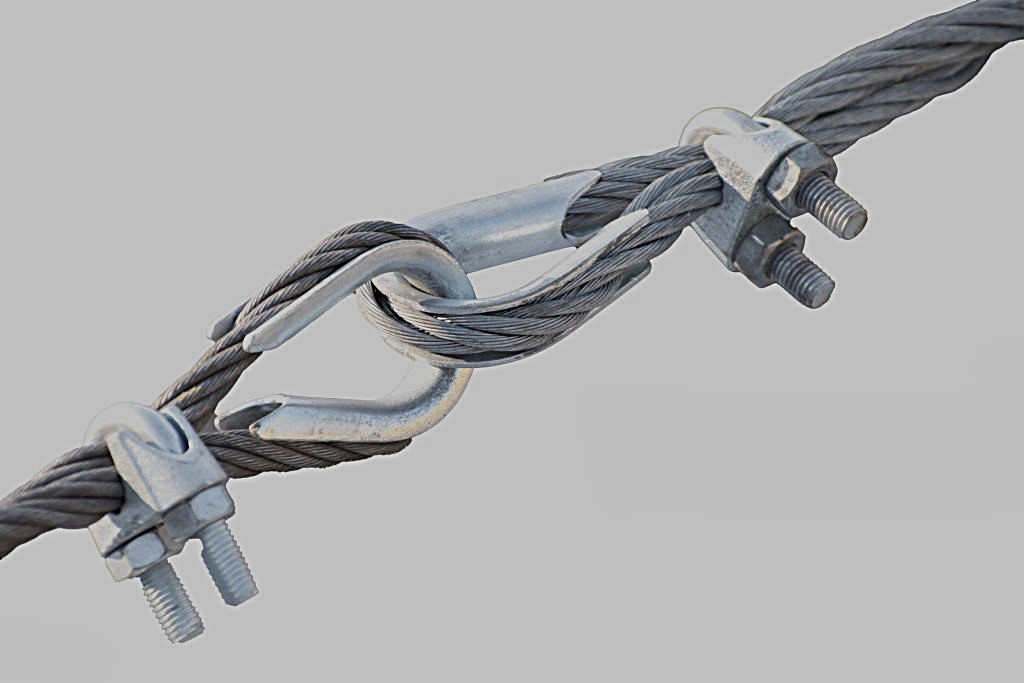
Explore our cable products using the links below. If you have any questions about the right cable for your project, reach out to us—we’re here to assist!
Discover our wire rope category:
Galvanized Steel CableStainless Steel Cable
Coated Cables



